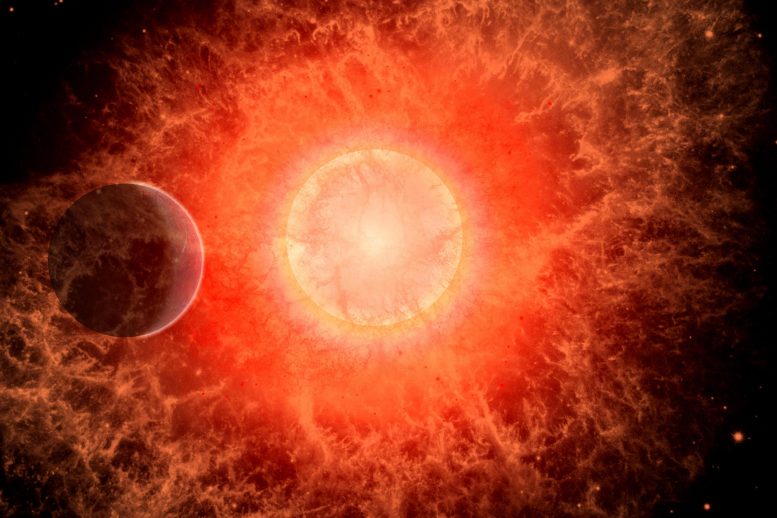
Kansas researchers and their colleagues propose that one or more supernova explosions, with their ionizing radiation, may have been the cause of the end-Devonian extinctions
Between a decline in biodiversity and a series of extinction events, the Late Devonian period was not the most hospitable time on Earth.
And then came one or more supernovae explosions whose resulting ionizing radiation was the final push that spelled the end for armored fish, most trilobites and other life.
In a paper published recently in PNAS, three University of Kansas researchers and their colleagues lay out such a scenario for end-Devonian extinctions.
“For more than a decade, my colleagues and I have been interested in the possibility of ionizing radiation events causing extinction events on Earth,” said Adrian Melott, professor emeritus of physics & astronomy at the University of Kansas.
Previous findings had pointed to this final extinction event of the Devonian happening in tandem with a drop in ozone in Earth’s stratosphere.
“When I heard about the evidence for ozone depletion at the end–Devonian, it triggered thoughts about the possibility of a chain of nearby supernovae,” Melott said.
Previous research had pointed to other possible causes for the ozone depletion, such as global warming, but not astrophysical sources like exploding stars.
However, a fellow KU researcher had findings that suggested otherwise. Brian Thomas, an adjunct researcher in physics & astronomy and professor of physics at Washburn University, had shown that atmospheric warming and the resulting injection of water into the lower stratosphere — suggested as a mechanism to cause the ozone depletion — were just not tenable.
Moreover, another KU researcher, Bruce Lieberman, had further findings that pointed to an astrophysical cause. Lieberman, a professor of ecology & evolutionary biology, had previously emphasized that the end-Devonian extinctions were part of a long period of diversity decline. This prolonged decline is then followed by evidence of pollen malformations, suggesting ionizing radiation as the cause.
That left a series of supernovae as the only tenable possibility, Melott said.
The researchers estimate the supernovae that triggered these events to be around 60 light-years away. For context, Betelgeuse, a future supernova getting a lot of attention for its recent behavior, is about 600 light-years away.
The supernovae that triggered end-Devonian extinction would have been close enough to cause some radiation damage on Earth, but not close enough for life-shattering damage.
“The cosmic rays from such a supernova will produce muons in the atmosphere, which are a very penetrating kind of radiation,” Melott said. “They could cause internal damage in large animals and in organisms up to a half-mile down in the ocean.”
The major ionization of the lower atmosphere may have led to a lot of lightning, he said, which could start fires and change the climate.
For more on this research, read New Research Shows Exploding Stars May Have Caused Mass Extinction on Earth.
Reference: “Supernova triggers for end-Devonian extinctions” by Brian D. Fields, Adrian L. Melott, John Ellis, Adrienne F. Ertel, Brian J. Fry, Bruce S. Lieberman, Zhenghai Liu, Jesse A. Miller and Brian C. Thomas, 18 August 2020, Proceedings of the National Academy of Sciences.
DOI: 10.1073/pnas.2013774117
The KU researchers’ collaborators on the paper came from the University of Illinois, King’s College London, European Organization for Nuclear Research (CERN), Estonia’s National Institute of Chemical Physics and Biophysics and the U.S. Air Force Academy.

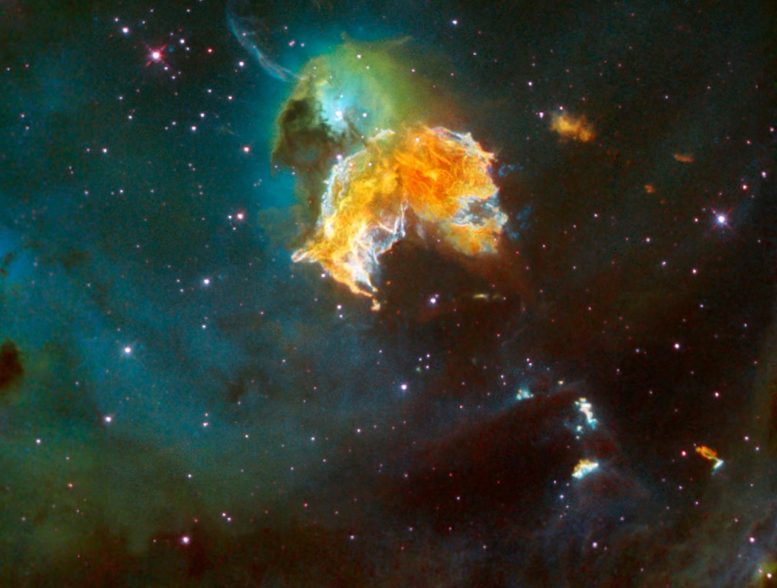
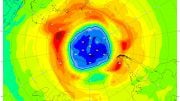

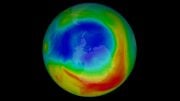
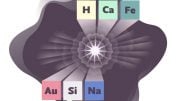


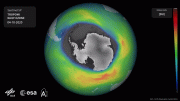
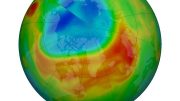
Thanks for the info!
That’s really amazing considering God made all life just 7000 years ago!!!!!! Genesis.
If life is everlasting, then why concern yourself justifying the age of rocks?
Radiation that’s hazardous through a 1/2 mile of water! That’s mind boggling, given that a “half-thickness” of water for gamma rays up to about 2 Mev is 2 feet.
What? No man made climate change?
Could the stellar explosion be one of the many explosions of when the sun reached fusion and became a star?
This fits with the fourth period of time (4th Day KJV) when God created the sun to give light upon the earth and the moon. This is from the book, The Seed of the Universe, that parallels the last 30 years of scientific discoveries with the Biblical creation stories of the Bible.
Complete rubbish Herman with a small h
As I see it the atomic world is the one we live in and perceive a God as creating. There is no mention of any other energys or information other than contained in this being. There are dimensions in the Cosmos which is everything atomic as well as not perceived
energies that we can only speculate as existing since we have nor produced machines to detect them yet.The cosmos works in it’s own way with information and the atomic works in the ways of the atoms that we believe is all that exists since they were made by someone else. The Cosmos is the energy and information God.
I’m considering that the first PETM was the immediate result of our sun Sol’s micro nova and the accompanying delayed X-rays the second part of the one-two punch after the white flash over.
What is up with Biblical references (if sarcasm, please use /s)?
Science and religion (enter any one here____) are two things that do not go together, the first based on fact, and the second on faith.
Having studied many sciences, and forgone religion, as bad as I am at math I still know that 1+1 does not equal 1.05 or 2.15. Astronomy is an excellent way to begin understanding our place, and it is not one of completely understanding every aspect of life. We are unique, and that is our greatness. At some time in the future, all of this will be moot, the sun will inevitably become a Red Giant and the earth will essentially become part of a Red Dwarf. Before that, we could be struck by a life-destroying meteor, or kill ourselves off by our ignorance. Regardless of the cause, let us hope it is far off, as we may yet step out of disregard for others and learn to get along and keep moving forward.
Science is no place for religion. I don’t care what you believe. tell me what you know otherwise You will be written off as an idiot.
The conjunction of religion and history becomes more apparent almost daily. Religion and science appear to be on the same course. I shall trust in my belief (faith) until someone conclusively proves life can be created out of some of the stuff laying about in the lab. Faith in a creator is good insurance and it’s cheap and doesn’t cause weight gain!
That ionization could have metabolic affects on humans if it happened in this time. All it takes is a supernova from Alpha Centauri, and it would be like being in a microwave